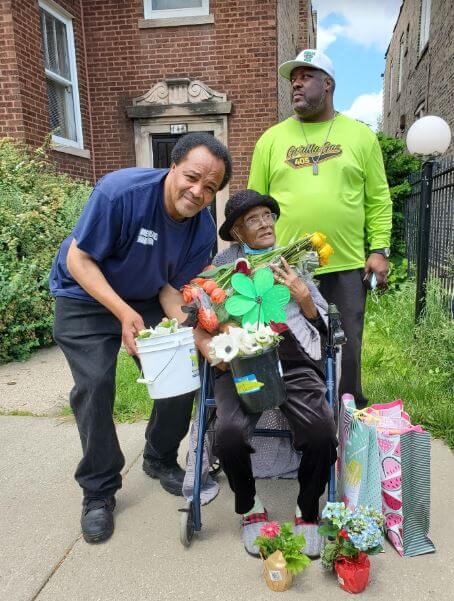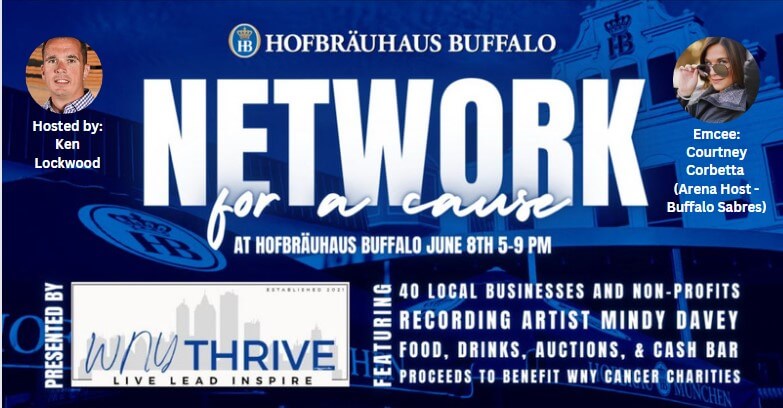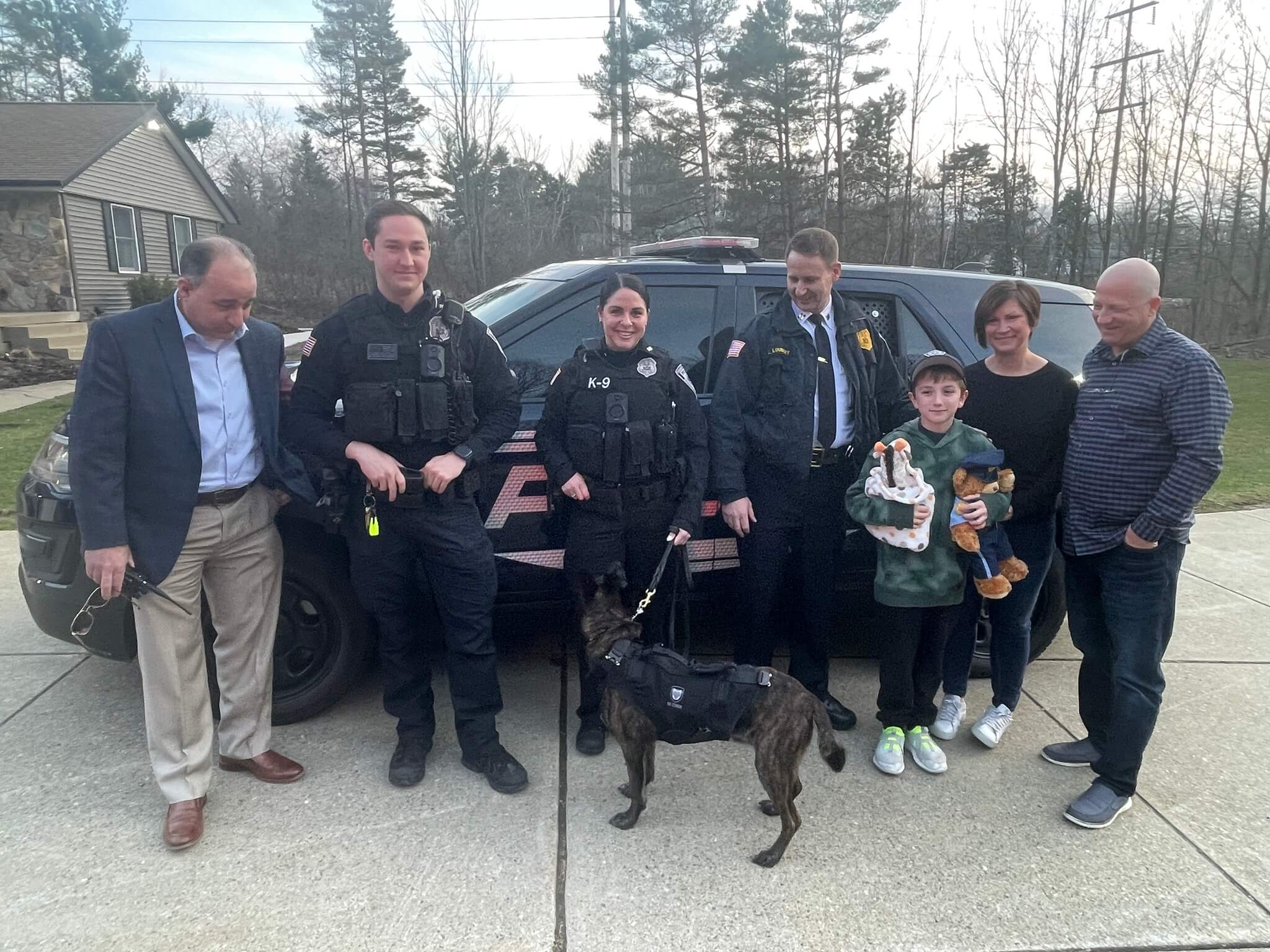Sullivan was born in June of 2018 at 39 weeks – a healthy 6 lb, 8 oz baby.
Shortly after his birth, we noticed he had a ridge running down his forehead and deep pinching dents near his temples. After questioning doctors, and doing endless research, we learned that this was not due to labor and that it would not just correct itself. He was born with a very rare condition – Metopic Craniosynostosis.


The bones of Sullivan’s skull closed prematurely before his brain was fully formed. This premature fusion causes problems with normal brain and skull growth. In my son’s case, the Metopic suture was fully fused before he was born.
There are two types of surgery to correct this:
CVR (Cranial Vault Remodel) where the surgery is done around 6-9 months of age and involves temporarily removing the skull bones to reshape them and replace them to form the skull in their new shape and arrangement. The bones are secured by using synthetic plates, and dissolving screws. It creates a scar from ear to ear and is a very hard recovery.
OR…
Endoscopic, a minimally invasive approach, leaving a scar about 2-inches long right at his hair line. It can only be done at a very young age – typically before 4-months. This surgery requires helmet therapy for up to a year after surgery.
By the time we got an appointment to see the surgeons, we did not have long to decide which surgery to go with since he was already 2-months old. Do we wait a few months for a possibly better cosmetic look, but risk developmental delays? Or do we choose surgery that is less invasive and could involve a helmet for 23-hours a day for up to a year? We received three opinions from neurosurgeons and one of them really helped us make the decision – he said why do a more invasive surgery with higher risks for your child when you can do a minimally invasive one with low risks, but a year of helmet therapy? If endoscopic didn’t work for Sullivan, we always had the option of doing a CVR in the future.


My husband, Sullivan and I traveled to Boston Children’s Hospital when Sullivan was just 10-weeks old, and there he underwent surgery to correct this. He was fitted for a tiny helmet days after the surgery. The helmet is meant to mold his tiny head to a shape that allows for normal brain growth. We’ve been back to Boston Children’s twice now for follow ups, and all of our helmet fittings and care were done in my hometown of Buffalo. Four weeks post-surgery, he was already ready for his second helmet. That’s how much his head grew and changed. Mid-December, we received the okay from our surgeon that once he outgrew his second helmet, he would no longer need to wear one. His head was almost symmetrically corrected. He outgrew his helmet a few days before Christmas, and I’m finally able to cuddle and kiss his perfect, special head whenever I want – THE BEST GIFT EVER!
In or out of the helmet, he is the happiest boy ever, and certainly so brave. He’s my cranio-WARRIOR.
Until Sullivan was born, I had never heard of craniosynostosis. We saw two pediatricians – one who said his head looked like that from birth and the other who said he couldn’t possibly have cranio because it’s so rare. I am glad I trusted my mom instinct because I knew what was going on was NOT normal. Days after he was born, I joined a Facebook group of parents of children with this condition and I quickly uploaded photos and described out situation. Within minutes, several parents reached out to me to tell me that they had no doubt that he had metopic craniosynostosis. If my husband and I hadn’t done extensive research and been well-educated on this diagnosis before seeing doctors, we might have missed our small window for the smaller, less invasive procedure to repair.
Sullivan is now HELMET FREE, and he will continue to be watched until he is 5-years-old. As of right now, our neurosurgeon said chances are he will not need an additional surgery in the future.
The lesson here is if you think something is wrong, trust your gut and push until you receive the answers you deserve. As a mother or father of your child, or even for yourself, you know if something is off, and you need to push for a solution. We are so thankful we did for our sweet Sullivan.


We thank Chelsea Carroll for writing into Hope Rises with this important awareness story. Please head to Hope Rises page for more stories of HOPE and LOVE.







